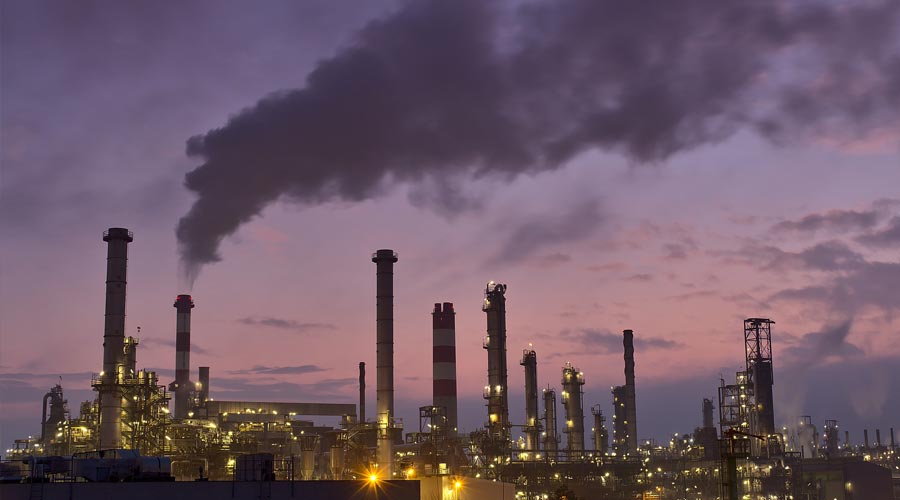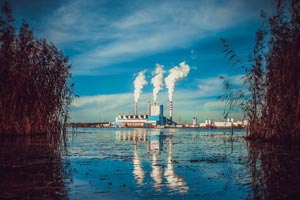What is
Control of atmospheric emissions?
The normal operation of industries involves the generation of polluting substances that are discharged into the atmosphere. In order to prevent the emission of polluting substances or to minimise as far as possible their effect on health and the environment, it is necessary to carry out periodic monitoring of atmospheric emissions, as established by Law 34/2007, of 15 November, on air quality and atmospheric protection.
Emission monitoring measures the concentration of emissions and establishes whether the different industrial activities comply with the relevant legislation, regulating potentially polluting activities.
Royal Decree 100/2011, of 28 January, which updates the catalogue of potentially air polluting activities and establishes the basic provisions for its application, classifies industrial activities into types A, B and C and specifies the type of controls to which they are subject. The limits that must not be exceeded by the different industries and the frequency of inspections are set by an individual Integrated Environmental Authorisation (AAI) for each company in the case of types A and B and by the legislation of the corresponding Autonomous Community in the case of type C or, failing that, by national legislation.
There are certain sectors to which specific and more restrictive legislation applies with regard to the emission of pollutants into the atmosphere, such as waste incinerators (Royal Decree 815/2013), large combustion installations (Royal Decree 430/2004) and activities that generate VOCs (volatile organic compounds) due to solvent consumption (Royal Decree 117/2003).
Eurocontrol's experience in atmospheric emission controls as an inspection entity dates back to 2001. A change in the specific regulations establishes that from January 2016 this type of controls must be carried out by a testing laboratory in the environmental sector according to UNE-EN ISO/IEC 17025. Therefore, we have extended our accreditation no. 845/LE1953, granted by ENAC (National Accreditation Entity), to continue providing this service according to the new requirements.
Our services


Eurocontrol has a long history in the regulatory inspection of stationary source emissions and we are currently one of the most consolidated companies in this field.
Over the years, we have expanded our scope, both in terms of parameters and methodologies, to offer the following services:
- Isokinetic particle sampling.
- Analysis of combustion gases (CO, CO2, NO, NO2, SO2, O2) and Opacity.
- Determination of TOC (Total Organic Carbon) concentration.
- Sampling of individual VOCs (Volatile Organic Compounds).
- Analysis of chemical compounds in emissions (HF, HCI, Cl2, H2S, NH3, etc.).
- Sampling of heavy metals.
- Determination of the concentration of dioxins and furans.
Other related services (outside the scope of accreditation):
- Compound monitoring: PCB's, PAH's, BTEX, PM10, PM2,5, etc.
- Sampling of URV's.
- Determination of combustion indicators.
- Calculation of stack height.
- Evaluation of the effectiveness of corrective measures and purification systems.
- Assistance in the E-PRTR register.
Discover our other
related services
Why choose Eurocontrol?

a team of experts at your disposal

Geographical coverage nationwide





